1. There are 20 Quadrillion Ants on Earth

If you ever feel outnumbered by ants, you are right. Scientists estimate there are about 20 quadrillion ants alive on Earth right now. That number is almost impossible to imagine, yet these tiny creatures are everywhere, silently shaping ecosystems. Ants recycle nutrients, aerate soil, and manage populations of other insects, playing a role far larger than their size suggests. Collectively, their total mass is thought to rival that of humans, showing just how powerful they are in numbers. Next time you see one carrying a crumb, remember it belongs to a community bigger than we could ever truly grasp.
2. Chickens Outnumber Us

It is funny to realize that chickens, one of the most ordinary animals we see on farms, actually outnumber us more than three to one. With over 26 billion chickens alive at any given moment, they are by far the most dominant bird species on the planet. Their population is fueled by our love for eggs and poultry, making them an inseparable part of human diets across the globe. Think of it this way, for every person you meet, there are at least three chickens clucking somewhere, quietly reminding us of how deeply they shape our food and culture.
3. Dogs Surpass People in Some Nations

Dogs may be our companions, but in some corners of the world, they are more than that, they are the majority. In 14 countries, including smaller territories and island nations, the dog population surpasses human numbers. It shows just how much communities value the loyalty, work, and companionship dogs provide in daily life. Imagine a place where barking and wagging tails are more common than human chatter. That is the reality in these places, proving just how much dogs have cemented themselves not only as pets but also as important members of society everywhere they exist.
4. Everest Shrinks in Winter

Mount Everest may be the highest peak on Earth, but even it is not immune to change. Each winter, the mountain shrinks by about half an inch as ice and snow compress its massive surface. With the arrival of warmer months, it regains some of its height as thawing and shifting adjust its layers. This rhythm may seem small, but it shows how even the tallest and strongest natural wonders are constantly responding to their environment. It is a reminder that everything on Earth, no matter how mighty, bends to the subtle but steady power of nature.
5. Millions Live Underground
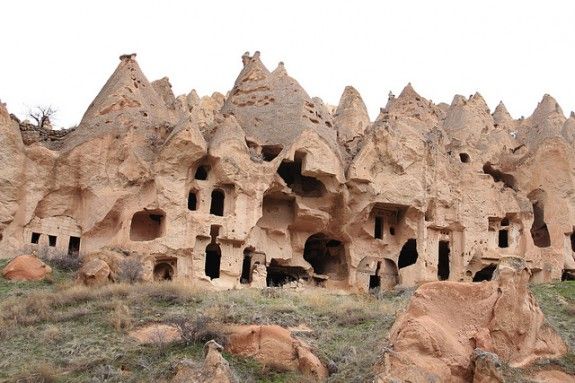
The idea of underground cities may sound like fiction, but it is real life for an estimated 21 million people around the world. From the historic cave cities of Cappadocia in Turkey to sprawling subterranean dwellings in China, humans have long found safety and shelter below the surface. These underground spaces provided protection from invaders and harsh climates, and many continue to be used today. It is fascinating to think about vibrant communities existing beneath our feet, with their own rhythms and routines, proving that human adaptability can carve a home even deep under the ground.
6. Thousands of New Plant Species Discovered Annually

Even with all our discoveries, the Earth continues to surprise us. Every year, scientists identify around 1,700 new plant species. These discoveries range from towering trees to tiny flowers hidden in remote corners of rainforests, mountains, and deserts. Each new species adds to our understanding of the planet’s biodiversity and often brings potential benefits we never imagined, from medicinal properties to new food sources. The thought that thousands of plants remain unseen until today shows how vast and mysterious nature still is. Every walk through a forest could be closer than we think to uncovering something entirely new.
7. There Are Trees That Are Thousands of Years Old

Some trees on Earth have stood for more than 4,000 years, making them older than the Roman Empire itself. At least 12 of these ancient giants are still alive today, quietly standing as living witnesses to history. These trees, often found in remote and protected areas, have survived centuries of storms, fires, and shifting civilizations. Their resilience is a lesson in patience and quiet strength, reminding us that while human societies rise and fall, nature carries on. Looking at such trees connects us to a past far older than our recorded history and inspires a deeper respect for time.
8. Dolphins Have Almost Human Level Rights in A Few Countries
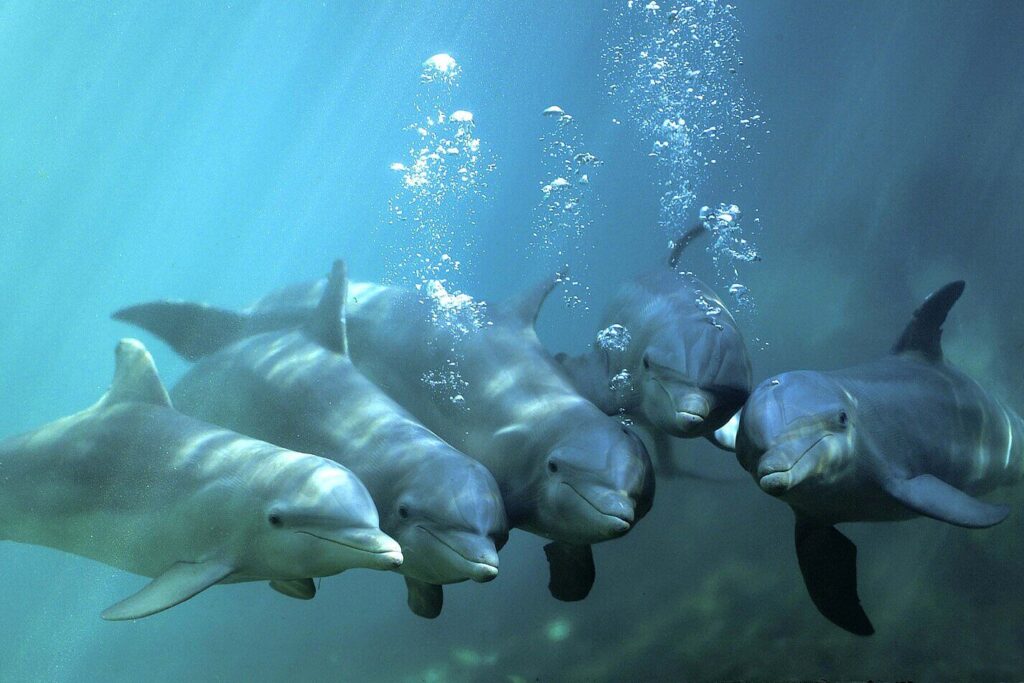
In two countries, dolphins have been legally recognized as non-human persons. India and Hungary made this decision to acknowledge the intelligence, self-awareness, and social complexity these animals display. It was also a move to prevent the exploitation of dolphins in captivity, recognizing that they deserve more than simply being used for entertainment. This unusual legal status may sound surprising, but it reflects a growing shift in how humans view other creatures. Dolphins, with their playful spirit and remarkable intelligence, remind us that respect should extend beyond our species and into the wider family of life on Earth.
9. The Coldest Place on Earth Has Gotten Down to Almost 100 Below

If you have ever felt cold in winter, imagine standing in Antarctica at the coldest temperature ever recorded on Earth, a staggering negative 93 degrees Celsius. This mind-numbing chill was measured on the East Antarctic Plateau, where the icy winds and clear skies combine to create extreme conditions. At that level of cold, human skin can freeze in seconds, and survival without protection is nearly impossible. It is a reminder of just how intense and unforgiving our planet’s extremes can be. Yet, even in such conditions, microscopic organisms manage to endure, proving life finds a way everywhere.
10. There Are Tens of Thousands of Islands in the Philippines

The Philippines is made up of around 70,000 islands, and many remain uninhabited and even unnamed. This vast collection of land scattered across turquoise waters is what gives the country its unique identity. From bustling islands full of life to tiny hidden stretches of sand barely visited, the Philippines is a reminder of how diverse our planet’s geography is. Imagine living in a place where island hopping is not just a vacation but a way of life. It makes you realize there are still corners of Earth untouched, waiting to be discovered or left in their natural peace.
11. The Reef Seen from Space

There is only one living organism on Earth that can be seen clearly from space, and that is the Great Barrier Reef. Stretching over 1,400 miles along Australia’s northeast coast, it is made up of billions of tiny coral polyps working together to form a massive ecosystem. From space, it appears as a colorful ribbon in the ocean, a living landmark of breathtaking scale. It is home to countless marine species and serves as a shield for coastal life. The reef reminds us that the most incredible wonders are not built by humans but by life working in harmony.
12. Languages Fill Queens

In Queens, New York, more than 43 different languages are spoken, making it one of the most diverse places in the world. Walking down its streets is like stepping into a global village, with shops, restaurants, and conversations in dozens of tongues. This incredible diversity shows how people from all backgrounds can create a thriving community together. Every block feels like a journey across continents, blending traditions, foods, and cultures into one neighborhood. Queens is proof that language is not a barrier but a bridge that keeps people connected, reminding us how variety brings life to any place.
13. Deserts Keep Growing

One third of Earth’s landmass is covered in desert, and that number is still growing. From the Sahara in Africa to the Gobi in Asia, deserts are expanding due to climate shifts, deforestation, and human activity. These dry and barren regions may seem lifeless, but they are home to unique plants and animals that have adapted in remarkable ways. The spread of deserts also challenges nearby communities, pushing people to adapt their lifestyles. It is a striking reminder that Earth’s landscapes are always shifting, and our choices today play a part in shaping the environments of tomorrow.
14. Sunlight’s Eight Minute Journey

Every ray of sunlight that touches your skin has traveled across space for about eight minutes and twenty seconds before arriving on Earth. That gentle warmth you feel began its journey from the core of the sun, moving at the speed of light through the vast emptiness of space. By the time it reaches us, it powers life, fuels weather, and makes the planet habitable. It is amazing to think that something so essential is both incredibly ancient in its origin and fleeting in its journey. Each sunrise is proof of a cosmic gift arriving right on time.
15. A Bird Once Flew With a 23 Foot Wing Span

Imagine a bird so enormous it stretched nearly 23 feet from wingtip to wingtip and weighed close to 170 pounds — yet it could still fly. That was Argentavis magnificens, the prehistoric giant of Argentina’s skies. Among the largest flying birds ever known, it would have dwarfed today’s kori bustard or albatross, gliding on thermal currents like a living sailplane. Though extinct for millions of years, its sheer size and power remain a wonder to scientists and bird lovers alike, reminding us how astonishing Earth’s avian past truly was.
16. There are 40,000 Known Species of Bees
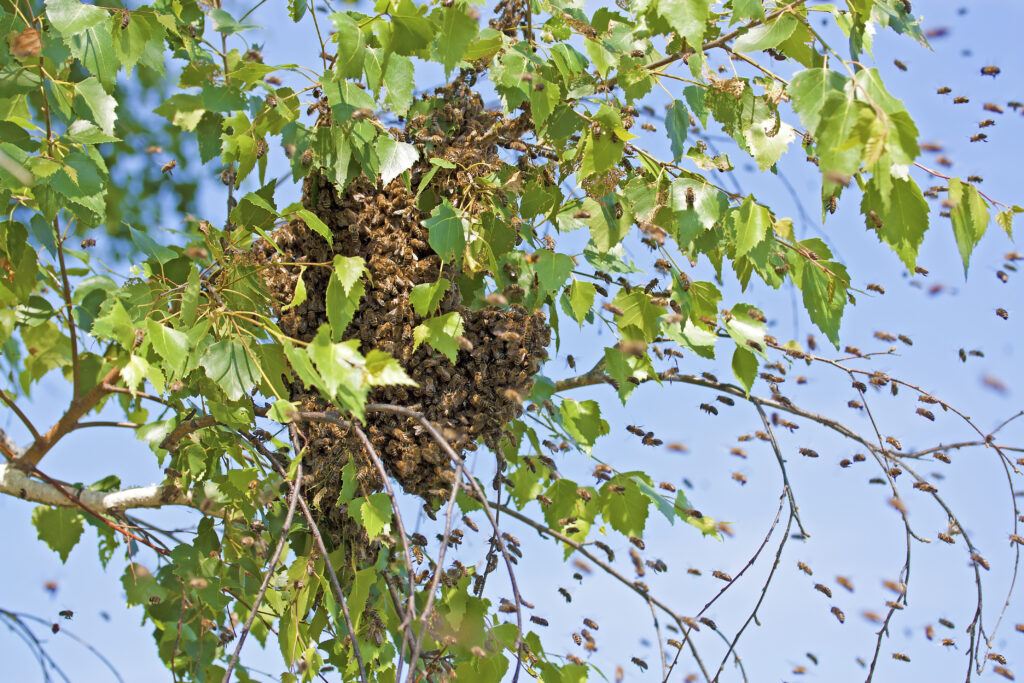
The Earth is buzzing with around 40,000 known species of bees, many of which are still being studied and classified. These hardworking pollinators are essential for the survival of countless plants and crops, quietly sustaining the food we rely on. From solitary bees in the ground to hive-building honeybees, their diversity is as vast as their importance. Every flower visited is another thread in the web of life being held together by tiny wings. Bees remind us that sometimes the smallest creatures have the greatest impact, shaping ecosystems with every trip from bloom to bloom.
17. Dogs Nearly Rival Cars

There are about 375 million dogs living on Earth today, a number nearly equal to the number of cars worldwide. It is a surprising parallel, showing how deeply ingrained dogs are in our daily lives compared to one of humanity’s most widespread inventions. While cars carry us from place to place, dogs carry us through companionship, loyalty, and connection. Their presence is almost as common as the machines we build, but their value goes far beyond utility. Together, this comparison highlights how modern life is not only about what we create but also about who we share it with.
18. Oceans Still a Mystery
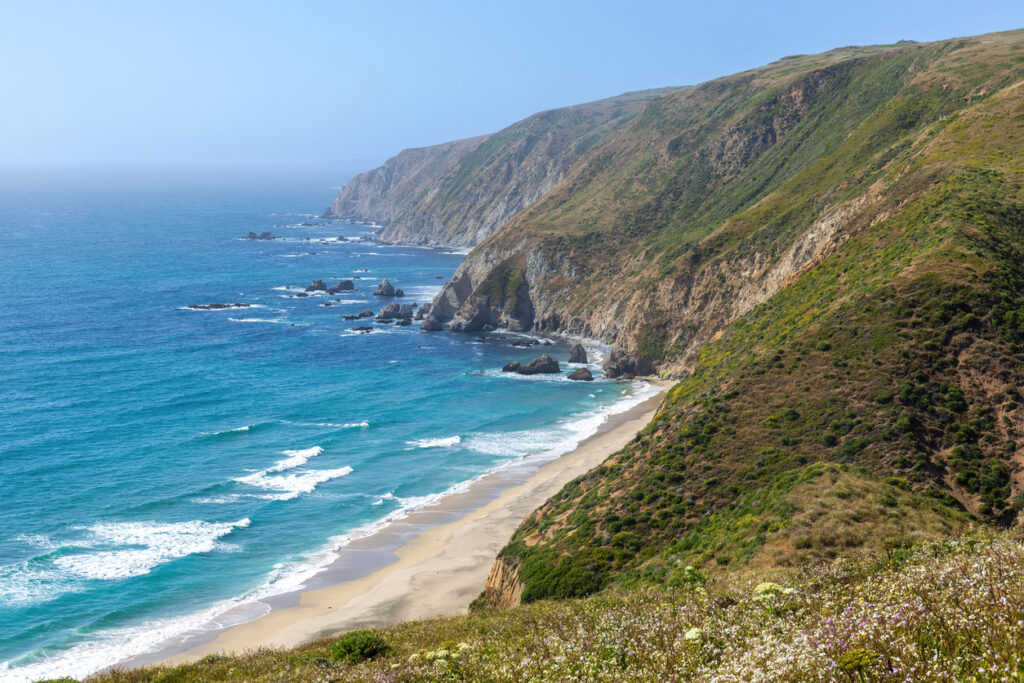
As much as we explore, about eighty percent of the ocean remains completely unexplored. That means the vast majority of Earth’s waters are still unknown, hiding countless species, ecosystems, and mysteries. We have mapped more of the moon’s surface than the ocean floor, which is astonishing when you consider the ocean covers over seventy percent of our planet. Every deep-sea expedition uncovers something new, whether it is a glowing creature or a hidden mountain range. The ocean holds secrets that continue to remind us of how much we have yet to learn about the very world we call home.
19. Places With Weaker Gravity
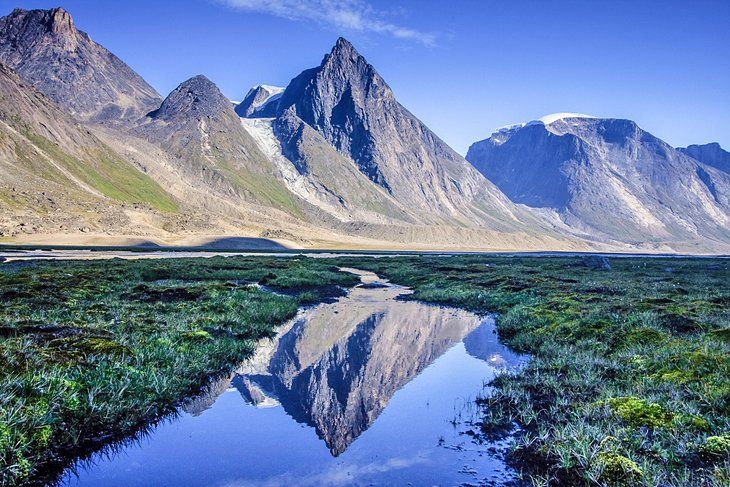
There are seven spots on Earth where gravity is mysteriously weaker than normal, including Hudson Bay in Canada. This phenomenon happens because of variations in Earth’s crust and mantle, creating subtle dips in gravitational pull. People standing there would not notice the difference without precise instruments, but the science behind it fascinates researchers. These anomalies remind us that our planet is not perfectly uniform but instead full of quirks and irregularities. Gravity may seem constant in our lives, but in reality, Earth’s structure makes it far from even, adding one more twist to the story of our planet.
20. There are Millions of Stateless People

Around 2.1 million people in the world live without any state or national identity, meaning they do not officially belong to any country. Stateless individuals often face challenges accessing healthcare, education, and basic rights many take for granted. Their existence highlights how human systems can sometimes leave people behind despite them being every bit as human as anyone else. From refugees to communities with disputed status, this number reminds us of the importance of recognition and belonging. Identity is more than a legal term, it is a connection that helps people feel anchored in the larger global family.
21. Almost Everything Has Gone Extinct

It may be hard to believe, but 99.9 percent of all species that have ever lived on Earth are now extinct. From towering dinosaurs to countless tiny organisms, nearly all of life’s history is gone, leaving behind only a fraction that exists today. This fact highlights the fragile nature of existence and the constant cycle of change the planet undergoes. Yet extinction also paves the way for new life to emerge, creating the diversity we see around us. Earth is not static, it is an ongoing story where survival and loss shape the balance of nature’s grand design.
22. Breath Held for 22 Minutes

The human body is remarkable, and one record proves it, someone once held their breath underwater for twenty-two minutes. This achievement pushes the limits of what we imagine possible, showing the incredible adaptability of the human body under training and preparation. Most people struggle after just a minute or two, making this feat nearly unimaginable. It is a reminder that within us lies untapped potential, often hidden until tested. While records like this are rare, they show that endurance, patience, and determination can lead to extraordinary results that inspire us to explore our own possibilities.
23. A Lake That Stays Pink
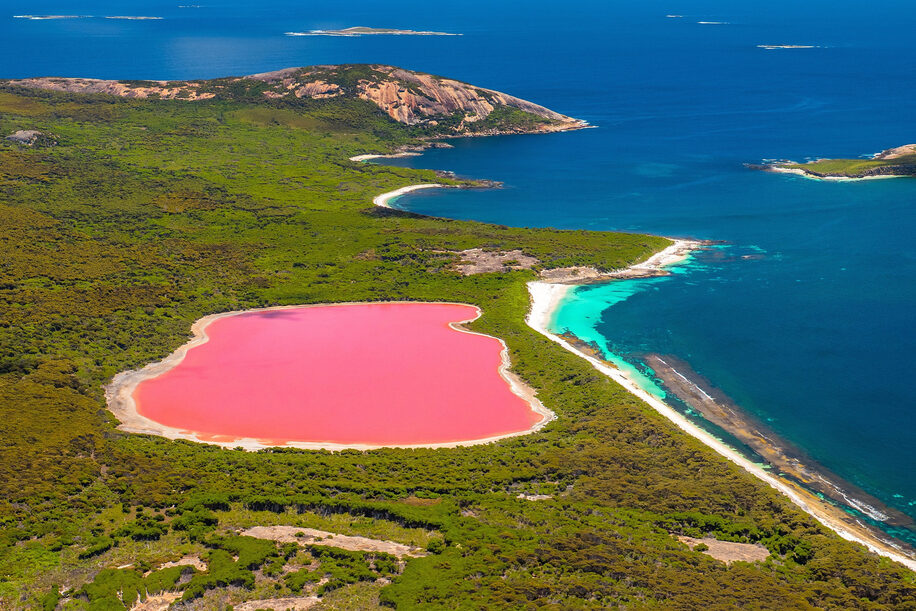
Lake Hillier in Australia is the only naturally pink lake that keeps its vibrant color year-round. Unlike other lakes that change shades depending on the season or conditions, Hillier remains consistently pink due to the presence of certain algae and salts. The sight is almost surreal, with its bubblegum-colored waters framed by green forests and blue ocean. Though small in size, the lake attracts visitors from around the world who marvel at its beauty. It is one of nature’s playful reminders that not everything on Earth follows the ordinary, some places delight in being wonderfully unique.
24. Life Dates Back Billions of Years
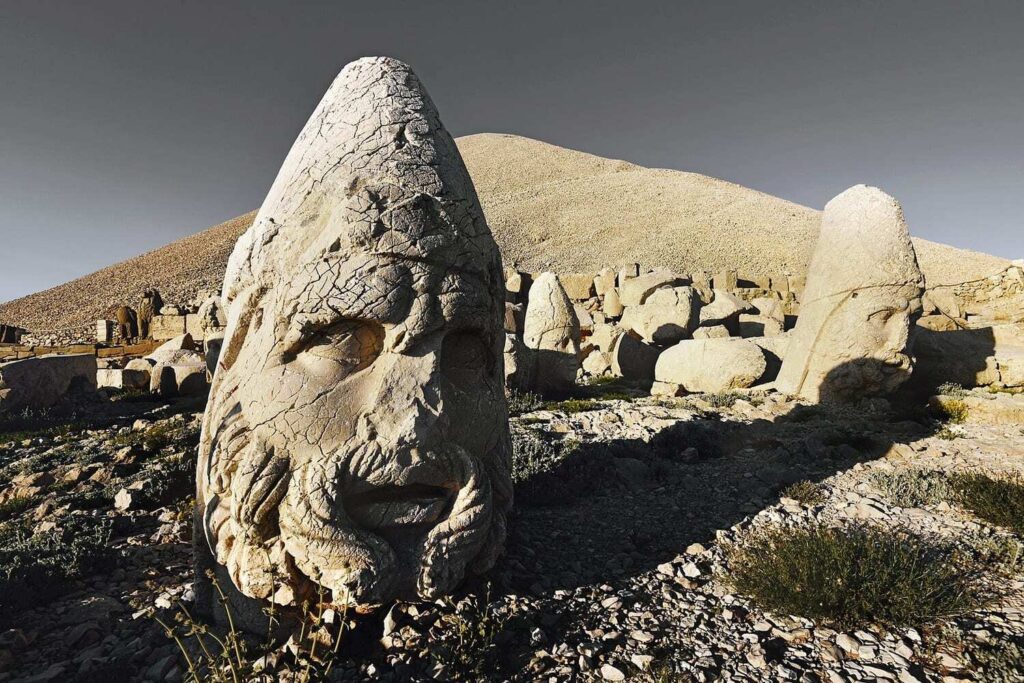
The earliest known signs of life on Earth are estimated to be around 3.7 billion years old. These traces, found in ancient rocks, show that life began not long after the planet itself formed. From those first simple organisms grew the diverse tapestry of plants, animals, and ecosystems we see today. Thinking about such deep time stretches our imagination, reminding us how tiny our lifetimes are in comparison. Yet, it is comforting too, because it shows life has always found a way to continue through unimaginable challenges, building the foundation for the world we now call home.
25. Earth’s Fiery Core
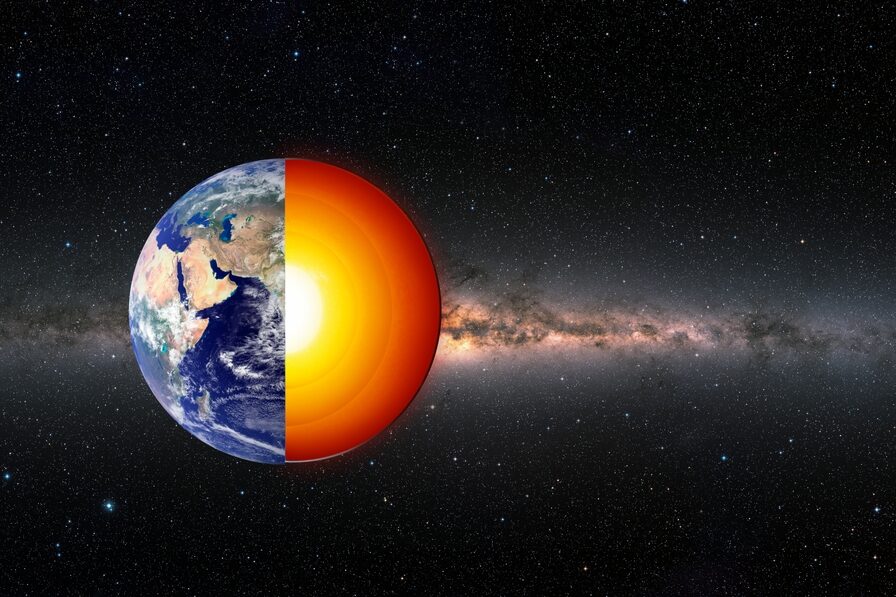
Deep beneath our feet lies Earth’s core, where temperatures reach an estimated two thousand degrees Fahrenheit. That makes it hotter than the surface of some stars, a blazing furnace hidden at the center of our planet. This intense heat drives plate movements, volcanic eruptions, and the magnetic field that shields life from harmful solar radiation. Though we may never see it directly, the core is a constant reminder of the powerful forces keeping Earth alive. It closes the circle of our planet’s wonders, showing that whether on the surface or deep within, Earth is always alive with energy.
This story The World by the Numbers: 27 Surprising Stats That Will Blow Your Mind About Earth was first published on Daily FETCH


